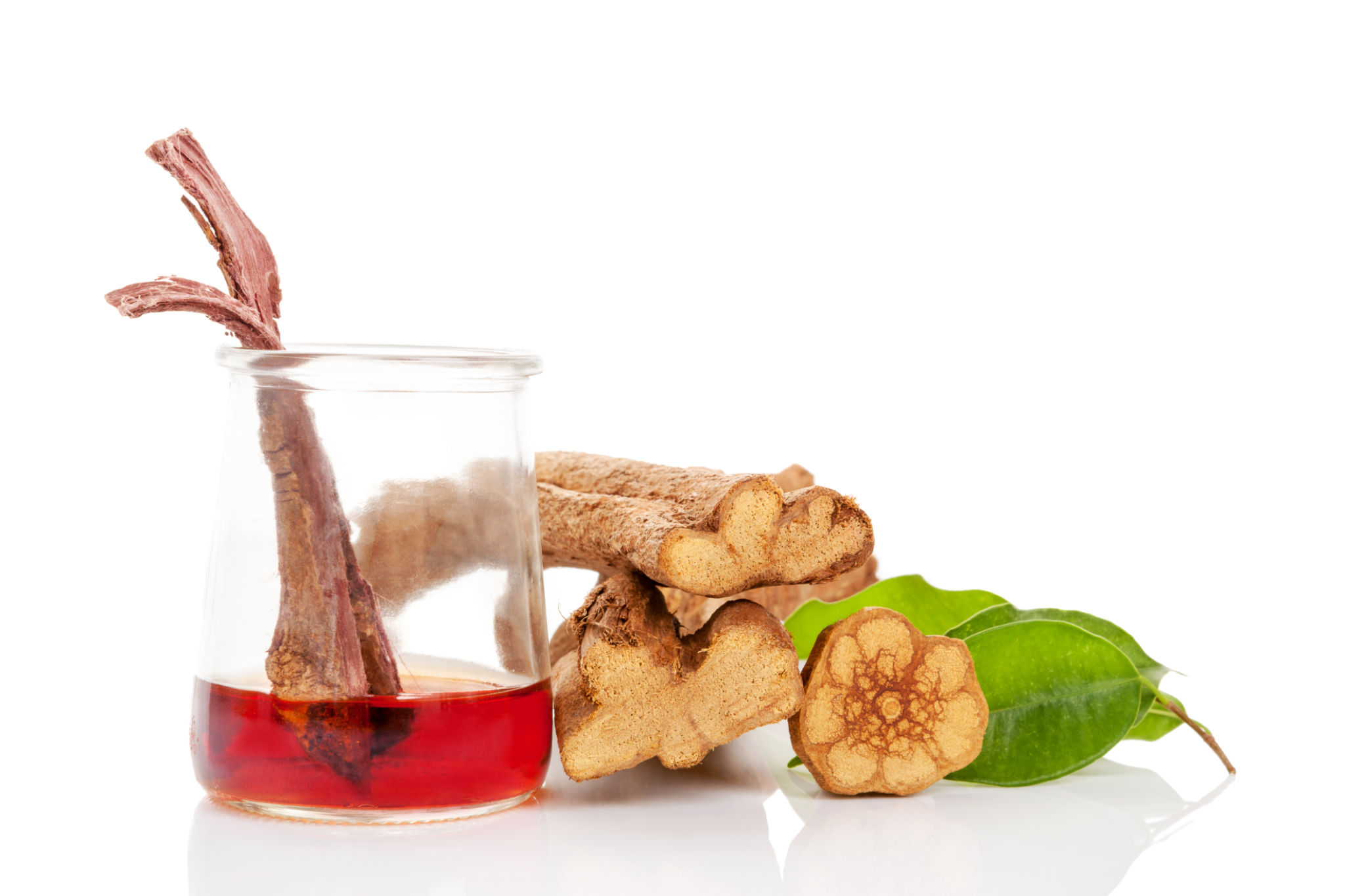The Psychedelic Uses of Mimosa Hostilis: What You Need to Know
Understanding Mimosa Hostilis
Mimosa Hostilis, also known as Jurema or Tepezcohuite, is a perennial tree or shrub known for its various traditional uses. Indigenous cultures in South America have long utilized this plant, not only for its medicinal properties but also for its psychedelic effects. The root bark, in particular, is noted for its high concentration of DMT (Dimethyltryptamine), a powerful psychedelic compound.

The Psychedelic Component: DMT
DMT is a naturally occurring psychedelic substance that has been used for centuries in spiritual and healing rituals. It is known for inducing intense visions and a sense of deep connection with the universe. When derived from Mimosa Hostilis, DMT can be consumed in various ways, including through traditional brews like Ayahuasca. The effects typically include visual and auditory hallucinations, an altered sense of time, and profound personal insights.
Despite its powerful effects, DMT is classified as a Schedule I substance in many countries, meaning its use is highly regulated. However, it continues to be a subject of interest for researchers exploring its potential therapeutic benefits.
Traditional Uses of Mimosa Hostilis
Beyond its psychedelic properties, Mimosa Hostilis has been valued in traditional medicine. Indigenous communities have used the plant for its anti-inflammatory and antimicrobial properties. It has been applied topically to treat skin conditions like burns and wounds due to its ability to promote skin regeneration.

Modern Research and Therapeutic Potential
Recent studies are beginning to explore the potential therapeutic applications of DMT and other compounds found in Mimosa Hostilis. Research suggests that these substances could be beneficial in treating mental health conditions such as depression and PTSD. The plant's ability to foster introspection and emotional release is a key area of interest for scientists and therapists alike.
However, more research is needed to fully understand the therapeutic potential and safety of these compounds. Clinical trials are ongoing to explore these possibilities under controlled and safe conditions.
Legal Considerations and Safety
The legal status of Mimosa Hostilis and DMT varies globally. While some countries permit the use of DMT-containing plants in religious contexts, others strictly prohibit its possession and use. It is crucial to be aware of the local laws before considering its use.

Safe Practices for Use
For those who choose to explore the psychedelic effects of Mimosa Hostilis, safety should be a priority. It's essential to approach such experiences with caution, preferably under the guidance of knowledgeable individuals or within a structured setting. Ensuring a safe environment, having trusted companions present, and understanding the potential risks are critical steps in minimizing adverse effects.
Mimosa Hostilis offers a fascinating glimpse into the world of natural psychedelics and their potential applications. While traditional uses provide insight into its valued properties, modern research continues to uncover new possibilities for this remarkable plant. As with any powerful substance, informed and responsible use is paramount.